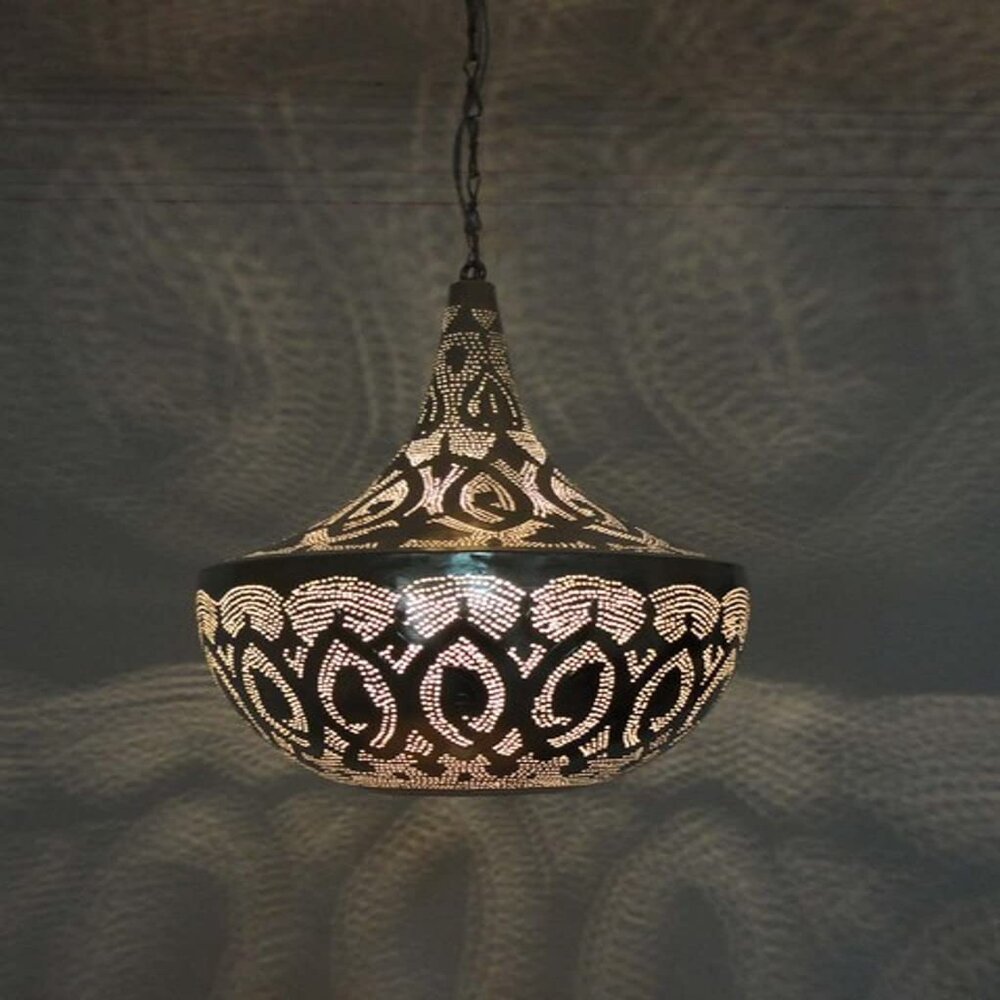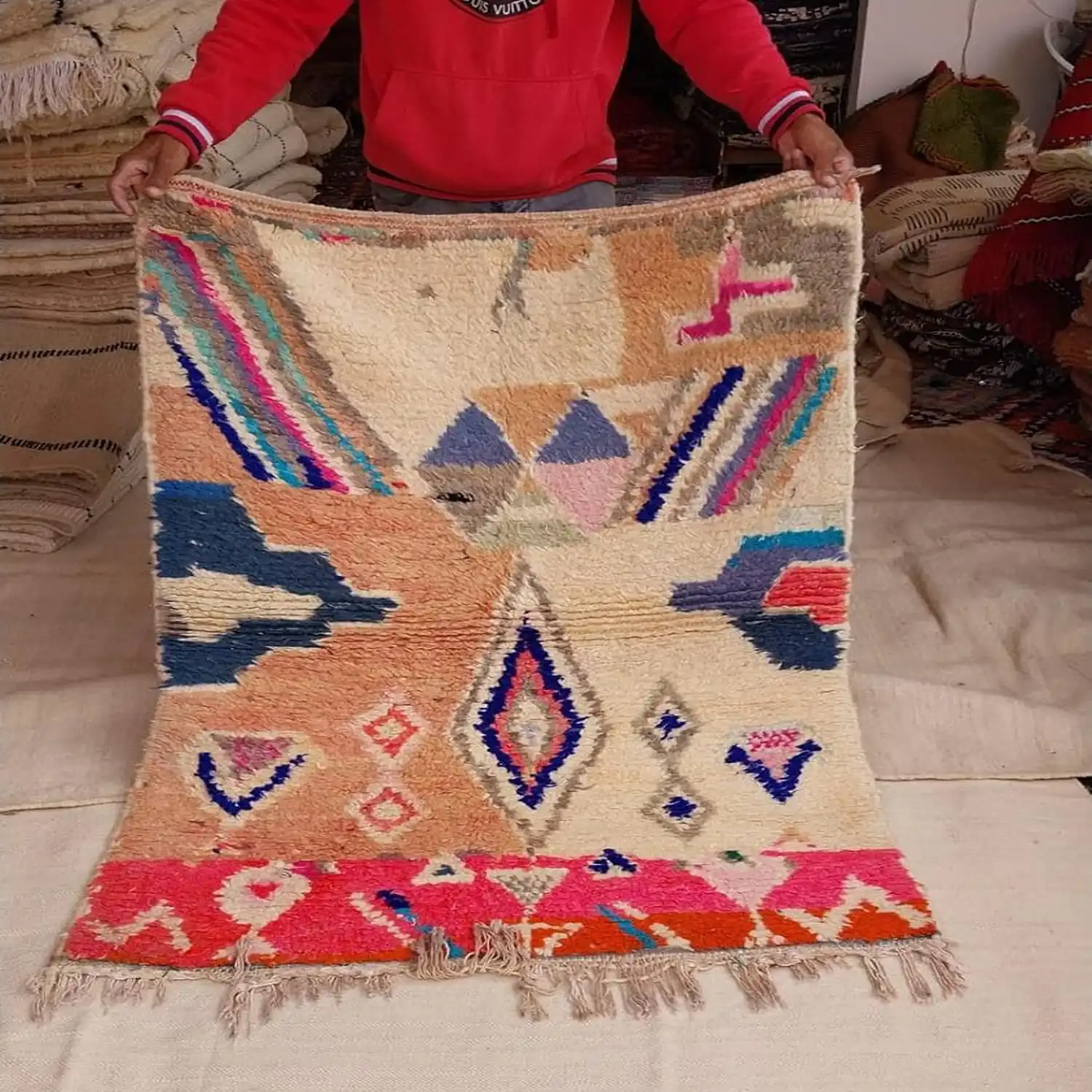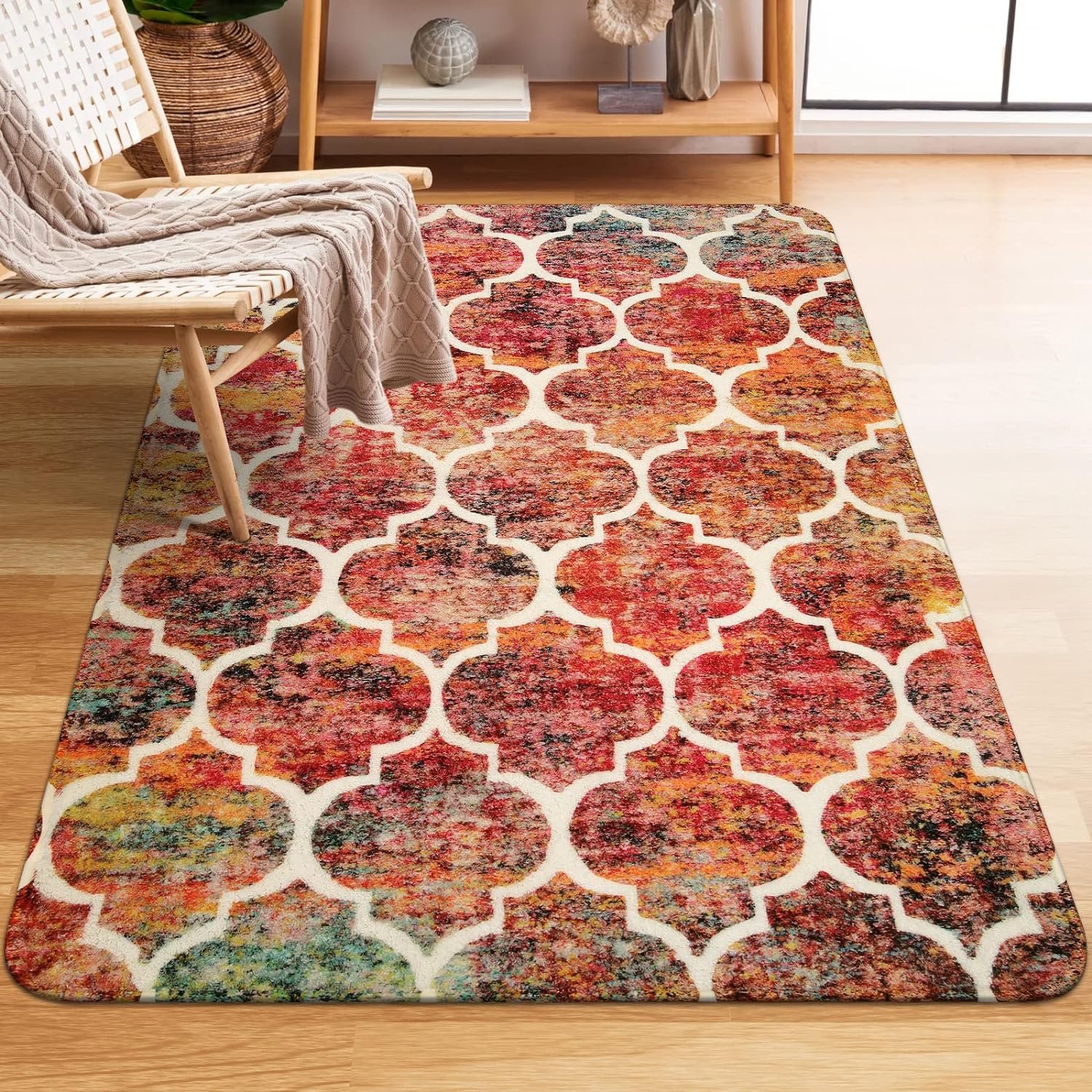What makes this book a practical tool for beginners in Moroccan Arabic?
This book offers an uncomplicated entry point into the Moroccan dialect for learners who want immediate results without navigating complex grammar or script. The content skips traditional barriers like Arabic letters and focuses instead on how people actually speak. With every Arabic word written in English transliteration, readers can quickly begin pronouncing Moroccan Arabic phrases without prior linguistic knowledge. The goal is clear: hold real conversations as soon as possible.
It avoids overwhelming users with exhaustive theory. The limited number of pages and streamlined structure cater directly to practical learners, especially travelers or those with family or cultural ties in Morocco. By targeting what people need to say and hear, it gets rid of the usual fluff. The book’s structure supports repetition and pattern recognition, which reinforces learning without the need for memorizing grammatical charts or writing exercises.
- Built for immediate speaking ability, not memorization
- All words written in English letters—no Arabic script involved
- Created for people with limited time or casual interest
- Suitable for beginners with no prior exposure to Arabic
- Simple page layout encourages focus and speed
How does the Nitzany Method approach fast-track conversational skills?
The Nitzany Method focuses on real-life communication through the selection of 350 interconnected words. These aren’t just random vocabulary terms. They’re chosen because they frequently occur in day-to-day conversation and naturally form sentences when used together. This strategy ensures that the learner internalizes common phrases and expressions through organic sentence formation rather than rote memorization.
Instead of building knowledge through grammar levels (beginner, intermediate, advanced), it prioritizes spoken interaction. Learners immediately begin with the first-person present tense, which is often the most used structure in daily conversation. The goal is to say useful things right away, like “I need,” “I want,” or “I go.”
- 350 core words form the foundation of speech
- Focus on the first-person present tense, ideal for conversation
- Immediate application of vocabulary in sentence structures
- Prioritizes understanding and being understood over grammatical accuracy
- Supports sentence construction from the very beginning
What’s the advantage of English transliteration for Moroccan Arabic learners?
English transliteration allows readers to bypass the difficulty of Arabic script, which often discourages new learners. Since every word is spelled out phonetically using the Latin alphabet, learners can focus entirely on pronunciation and conversation. This removes the need for early alphabet learning, which can otherwise delay speaking confidence by weeks or months.
Pronunciation guidance is inherently built into the transliteration, helping readers replicate Moroccan accents more accurately. It’s especially effective for auditory learners and those seeking quick results. No prior experience in reading Arabic is required, making it beginner-friendly and less intimidating.
- All Moroccan Arabic words written phonetically in English
- Easier to pronounce and remember for English speakers
- Eliminates need to learn Arabic letters
- Boosts verbal fluency faster than traditional methods
- Ideal for travelers and casual learners
Who is this book designed for?
This book is ideal for people who need to communicate fast—tourists, expatriates, heritage learners, and those with Moroccan family or friends. It’s also suited to anyone needing survival-level communication without committing to years of academic study. The lessons are practical, with phrases that cover common interactions like greetings, shopping, travel, and daily routines.
Students, professionals visiting Morocco, or even individuals in multicultural relationships can find value in the quick results. It also works well as a preparatory tool for more in-depth learning later on. The concise nature of the material means learners can go through the book repeatedly for reinforcement, with no fluff in the way.
- Best for people with Moroccan friends or family
- Practical for travelers needing quick communication
- Good introduction before deeper language study
- Useful for students or professionals on short trips
- Simplified and efficient for casual learners
Why does the compact format work for language acquisition?
At only 43 pages, the book avoids the typical textbook overload. This minimalist design encourages the user to focus on repetition and usage rather than theory. The shorter format also allows learners to carry it easily and refer to it frequently, making language immersion more accessible during travel or everyday practice.
Rather than overwhelming users with chapters of theory, the compact layout supports repeated usage. Learners can finish the book in one or two sittings, then cycle back through it multiple times. This repetition helps build confidence and retention. It’s a practical design choice for those who learn best through pattern exposure.
- 43-page format encourages frequent reference
- Easy to carry while traveling or commuting
- Helps create habit through short, repeatable lessons
- Allows fast review cycles for better retention
- Supports quick practice without fatigue
What kind of phrases and vocabulary can be expected?
The vocabulary is chosen for real-life situations. Expect functional phrases that cover greetings, directions, asking for help, shopping, dining, transportation, numbers, and more. Every sentence is structured for actual use in Morocco. Learners can expect to leave with the ability to introduce themselves, express needs, ask basic questions, and understand simple replies.
The book avoids formal or outdated language. Instead, it focuses on everyday expressions that are still in use, with terminology that would be understood in Moroccan cafés, markets, taxis, and homes. It’s modern, usable language without the cultural or grammatical rigidity of standard Arabic instruction.
- Covers common situations like eating out, shopping, and greetings
- Includes frequently used words and questions
- Avoids outdated or overly formal language
- Useful for everyday Moroccan interaction
- Focused vocabulary for practical travel use
How does the book help learners retain and apply what they’ve learned?
By using repetition and contextual patterns, the book helps cement vocabulary and phrases into memory. Each section is structured to reinforce earlier content through repetition with variation. Instead of listing vocabulary separately, it integrates terms into real sentence patterns. This teaches context and usage at the same time.
The learning is iterative. Each new set of phrases adds to what’s already learned, enabling users to see progress and recall earlier terms naturally. This builds confidence and motivates continued learning. Practical examples reinforce the utility of each word.
-
- Uses repetition in sentence contexts for better retention
- Builds vocabulary through structured use, not isolated lists
- Encourages active recall through familiar phrasing
- Step-by-step sentence development
Gradual vocabulary expansion within conversations
What are the limitations—and why might they benefit certain learners?
The book does not cover grammar, script, or advanced topics. It’s focused entirely on speaking and listening, specifically in one tense and one dialect. For some learners, this could seem limiting. But for many, this narrowed focus removes distractions. It simplifies the learning curve and focuses all attention on communication.
This focus is especially effective for those who want a crash course or an immediate connection with Moroccan speakers. For more academic or written fluency, a more extensive course would eventually be needed. But this book meets a specific goal: speaking and understanding quickly.
- No grammar or alphabet to slow down progress
- Targets only the essential skills: speaking and understanding
- Simplified focus benefits casual or time-limited learners
- Not meant for writing or formal instruction
- Effective for specific use-cases like travel and family conversation
How does this book compare to traditional Arabic learning materials?
Traditional materials often break language into levels, require alphabet knowledge early, and focus on Modern Standard Arabic (MSA), which differs from spoken Moroccan. This book skips that route entirely, offering a straight line to useful speech. It’s not about academic mastery; it’s about functional ability in the real world.
The method focuses on patterns rather than rules. Learners are shown what to say and how to say it. There’s no expectation to conjugate across multiple pronouns or tenses. It’s a practical guide, not a language theory book. This makes it accessible, even for those who’ve struggled with language learning in the past.
- Avoids academic structure and levels
- Focuses only on the Moroccan dialect, not general Arabic
- Bypasses early grammar instruction
- Accessible for language learners of all backgrounds
- Eliminates the formality and rigidity of traditional programs
Who will benefit most from this approach to learning Moroccan Arabic?
Those with a specific purpose—such as visiting Morocco, connecting with Moroccan people, or managing short-term stays—will benefit most. It’s also helpful for anyone who’s felt overwhelmed by typical Arabic programs. Learners with limited time or no interest in writing Arabic will find this especially useful.
It’s built for casual learners who still want real results. With commitment to practice, it offers a strong foundation for spoken Moroccan Arabic in a short time. Later study can build on this base if needed. But for practical purposes, this may be enough to get by in a variety of situations.
- Great fit for tourists and short-term visitors
- Useful for reconnecting with Moroccan family or roots
- Practical for expats settling in Morocco
- Suitable for students or professionals on a time limit
- Good for those wanting only verbal fluency, not academic fluency










Reviews
There are no reviews yet.